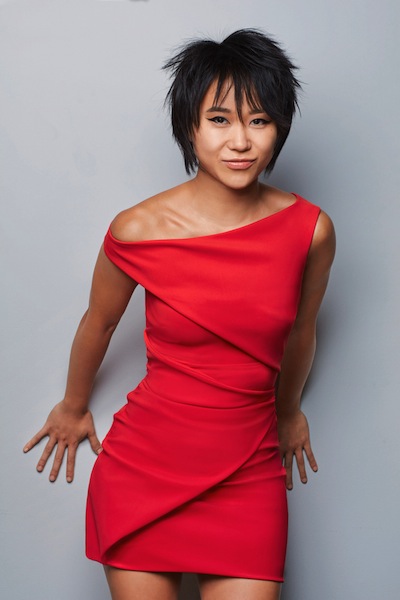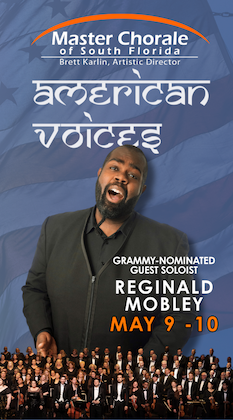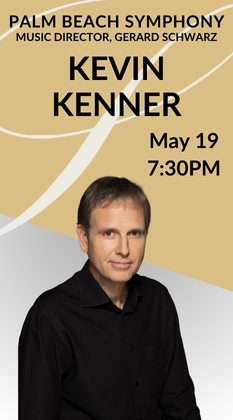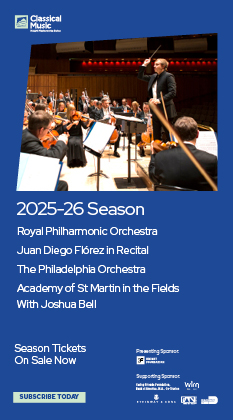New World Symphony opens 30th season with a Russian banquet
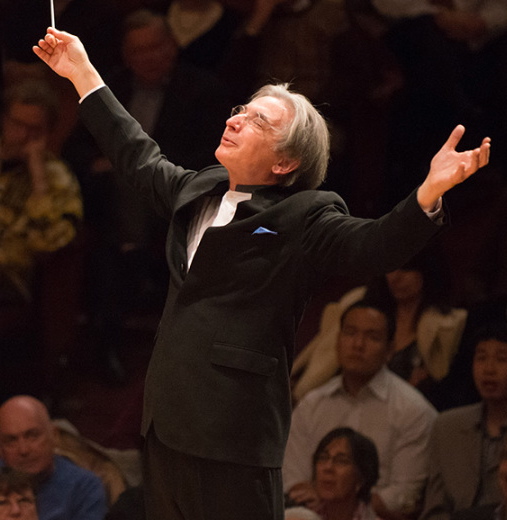
Michael Tilson Thomas conducted the New World Symphony’s season-opening program Saturday night in Miami Beach.
The New World Symphony opened its 30th anniversary season Saturday night with a concert that already showed the orchestral academy in peak form in a program of Russian works. The orchestra’s ranks were bolstered by five musicians from the Iberacademy in Medellin, Columbia (where New World players regularly visit and provide instruction) and three student players from the Miami-Dade schools who were selected through New World’s educational outreach program.
The full sonority of the enlarged orchestra was immediately evident in Rimsky-Korsakov’s Capriccio espagnol, the concert’s opening work at New World Center. Artistic director Michael Tilson Thomas noted that his score indicated that he had last conducted the work in 2000, and quipped that all of the players on stage must have been eight or nine years old back then.
Tilson Thomas took a taut, hard-driving approach to the opening Alborada and the principal melody of the Variations was spaciously conveyed. The rounded sonority and accuracy of Priscilla Rinehart’s horn solos and the clarity of Masha Popova’s flute roulades were standouts. Two blazing trumpets heralded the opening of the Gypsy Song. Chloe Tula’s harp cadenza was exquisitely contoured and Rachel Sandman’s rich violin solos displayed agile incisiveness. Tilson Thomas achieved fine dynamic contrasts in the concluding Fandango without succumbing to the temptation of loud, overly brassy flourishes.
Yuja Wang has received much publicity for her skimpy concert attire and indeed her short, low cleavage dress drew attention. More importantly, she is a pianist with formidable technique and the ability to make even a second-rate score come alive.
Rachmaninoff’s Piano Concerto No. 4 went through two revisions following its unsuccessful 1926 premiere with the final 1941 edition becoming the standard performing version. While the score is not on the same inspired level as Rachmaninoff’s Second and Third Concertos, it deserves occasional revival. Darker and more modernist in orchestral texture, the concerto still abounds in the kind of richly romantic melodies and pianistic volleys that were the composer’s trademark.
Wang’s big-boned, sweeping rendition of the opening theme and sheer speed and digital dexterity immediately made one sit up at attention. She favored a lighter touch in the haunting melody of the Largo, but provided more muscle to the central episode. The Allegro vivace finale is the concerto’s most diffuse movement with the music, at times, seeming to wander aimlessly. Wang made the best case, tackling the percussive fistfuls of notes at a rapid clip while bringing sensitive tonal contrasts to the secondary subject. Tilson Thomas captured the quintessential Rachmaninoff sound with lush orchestral playing.
If the Rachmaninoff is an uneven work, Prokofiev’s Concerto No. 5 in G Major is definitely an inferior score. There is a reason why it has not achieved the popularity and widespread performance history of Prokofiev’s first three concertos. Most of the five-movement work’s thematic material is trite as if the composer was recycling the same bag of tricks from his previous concertos without half the inspiration. The opening movement is circus music and the Toccata does not come near the excitement and velocity of Prokofiev’s famous solo work in that genre. Only the Largo provides relief from the constant brassy fanfares and pounding keyboard writing.
Wang gave the score stellar advocacy. She brought breezy abandon to the outer movements and restrained elegance to the slow movement which brings the score’s best moments. Tilson Thomas drew alert, hairpin changes in meter and dynamics from the ensemble. The audience obviously loved the work and awarded Wang repeated curtain calls.
The evening concluded with highlights from the first two acts of Prokofiev’s ballet Romeo and Juliet. Unlike the Fifth Concerto, this score is top-drawer Prokofiev and has become something of a Tilson Thomas signature piece.
The conductor paced the music with balletic verve. Winds were outstanding in rhythmic precision and sweetness of tone. The “Dance of the Knights” was shaped with angular and brusque heft. Instrumental lines were strongly differentiated and transparent, the accompanying harp figures always clearly audible over the full ensemble.
Tilson Thomas brought out the romantic luster of the Balcony Scene with mellow brass climaxes and the final chord taken down to the softest pianissimo. In the duel music, Tilson Thomas perfectly evoked the sense of impending tragedy while maintaining crisp tempos. With nine double basses providing constant underpinning, the “Death of Tybalt “was deliberately paced which gave the music even greater impact. The seven horns, four trumpets and three trombones produced gleaming, well balanced force at the climax.
With the New World players sounding so strong in their initial outing and with some ambitious programming ahead in the coming months, the orchestra’s opening night looked to be fine harbinger of an exceptional 30th anniversary season.
The New World Symphony repeats the program 2 p.m. Sunday at the New World Center in Miami Beach. nws.edu 305-673-3331
Posted in Performances
Leave a Comment
Sun Oct 15, 2017
at 12:05 pm
No Comments
